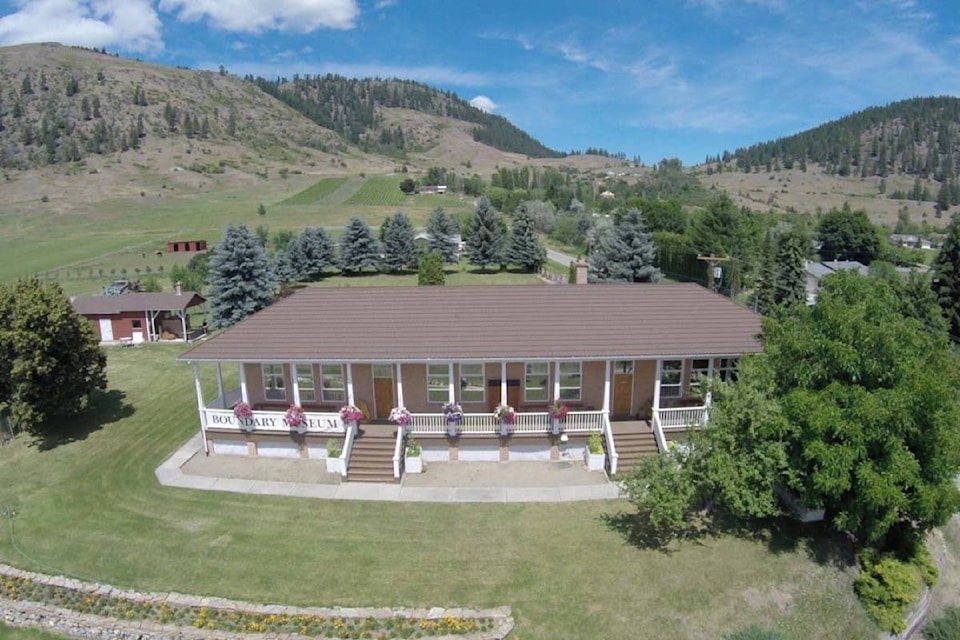By Joan Heart, Submitted to the Gazette
The snow falls and nature builds her mantle of white. The museum nestled in the hills of former Doukhobor communal living has deep plans and stirrings.
The office, composed of five desks and areas, was stripped down and cleaned, repainted and old carpet ripped out, newly put down, and a pristine interior design emerged that is both elegant and functional.
Thanks to the museum executive, Lee, Bob, Sam, and Joe, as well as the manager and myself, we discovered so many treasures as we moved everything, including rare catalogues in book form from the early 1900s, and paper clips and pens.
We explored the back 40x40 building, with plans for the restored buggies and carriages, early Gazette newspaper editions, although many of the originals are down at the archives beneath City Hall, thanks to Sue Adrain (archivist) and Les Johnson (past president of the Boundary Historical Society)
Soon the massive collection of donated Demaertelaere’s woodworking tools and etc. will be housed in their own little house. For the time being, it is located in a small room in the 40x40 built by the Woodworkers Association themselves. Thanks to a talented group of dedicated individuals.
And the back 40x40 was upgraded to electrical, phone, and office capability, again thanks to both volunteer help and support. This community rocks.
The heartbeat and focus of any museum are twofold: One is the donated artifacts that are of historical interest to this Boundary Country and area, and two, the visitors who come into the museum, curious and delighted with our visual tableaus and stories. The museum staff attempt to have the past come alive and become a living testament to previous generations, and the hard work and ways the past was explored so that we have a sense of roots, a sense of belonging to this space and time.
Many questions come into the museum throughout the year, and these questions are often referred to the archivist at city hall, who has a wealth of information both catalogued and a prodigious memory for history in this area. People often want to trace their grandparents and great-grandparents lives, who may have lived in the area. Sometimes interesting questions come in, like, where were original buildings, rail lines and even artifacts located now… are they still in their original location?
One of the joys of museum services is the interaction with the schools for museum activities and exploration, everything from spring and autumn field trips, including washing clothes with a scrub board and wheel rollers squeezing the cloth dry, and hanging the clothes on a clothesline. Students often say they want their parents to go back to this fun way of washing clothes.
We also have Sinixt presentations for the school children based on our exhibit we have here, including exploration of ancient stories and ways of living life. Thanks to Marilyn James for being the museum’s elder, who has helped enormously in this area. Hope George donated the items in the exhibit to the museum in 1959, designated in his will. He had discovered many items, artifacts and remains on his own property. Of course today any discoveries would return to the Sinixt.
There are many groups using the museum boardroom for meetings, and as well, many groups booking the museum including the grounds for events; everything from luncheons to weddings. The point is, this museum has grown from a quiet quality place of history to an active community hub.
Thanks, Boundary country, for your curiosity and support. Thanks out of town visitors, for your encouragement to others, to come and see.
